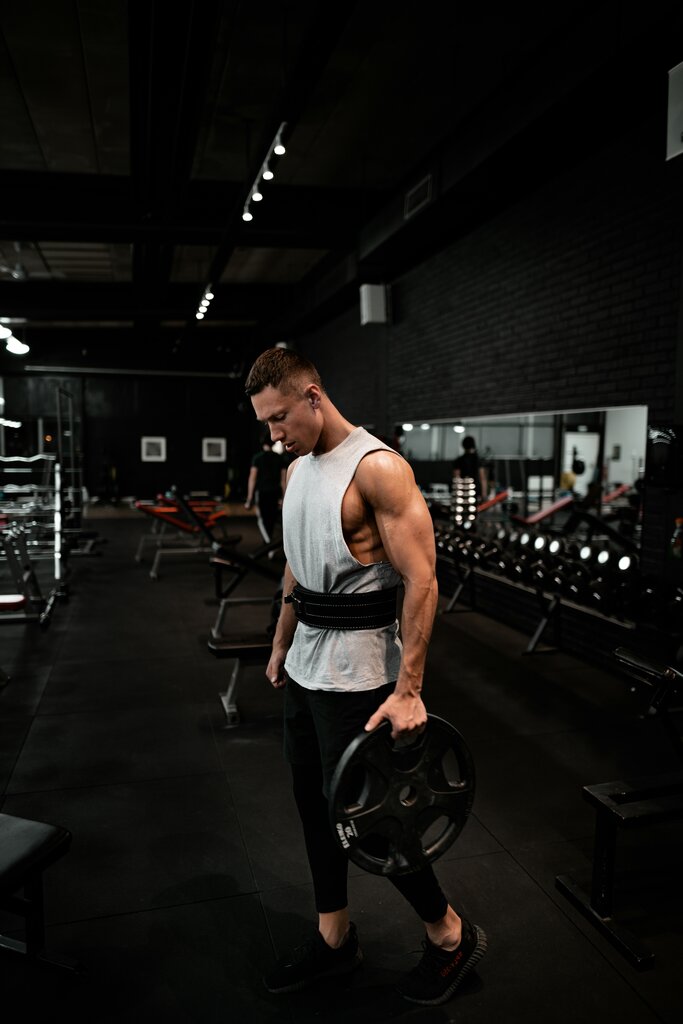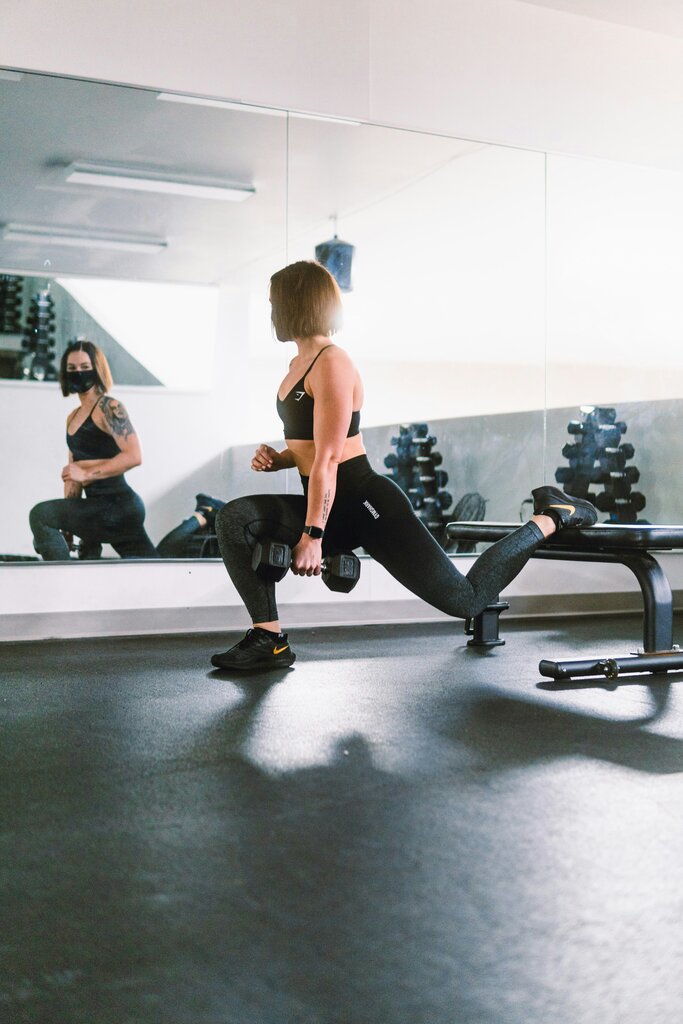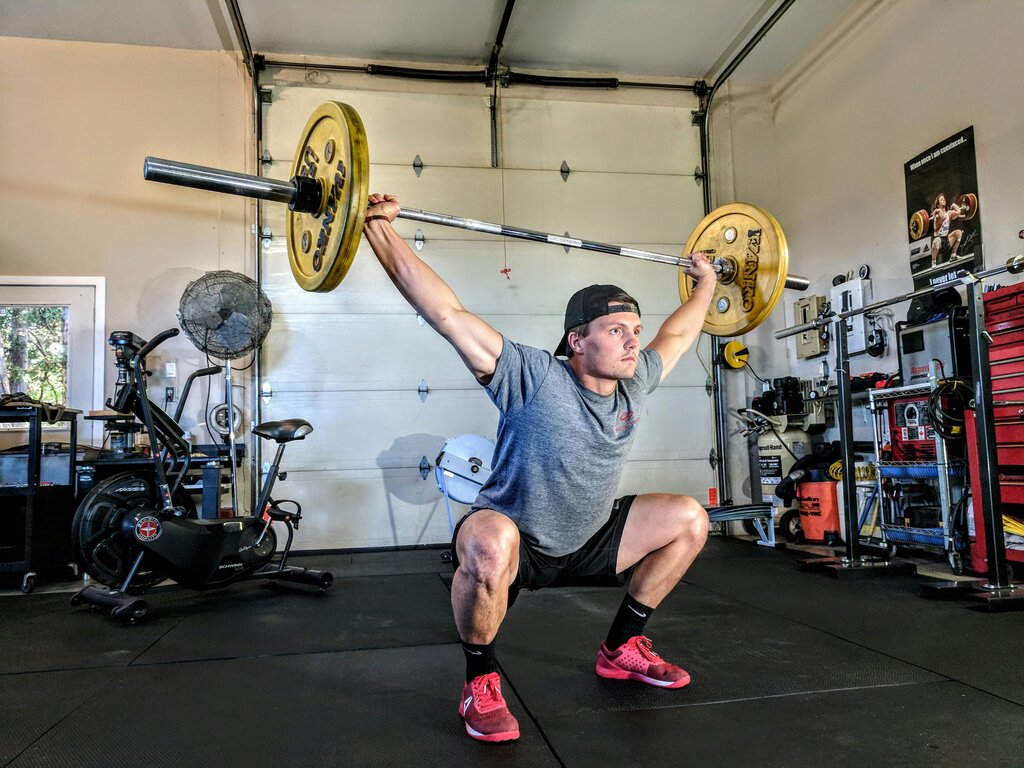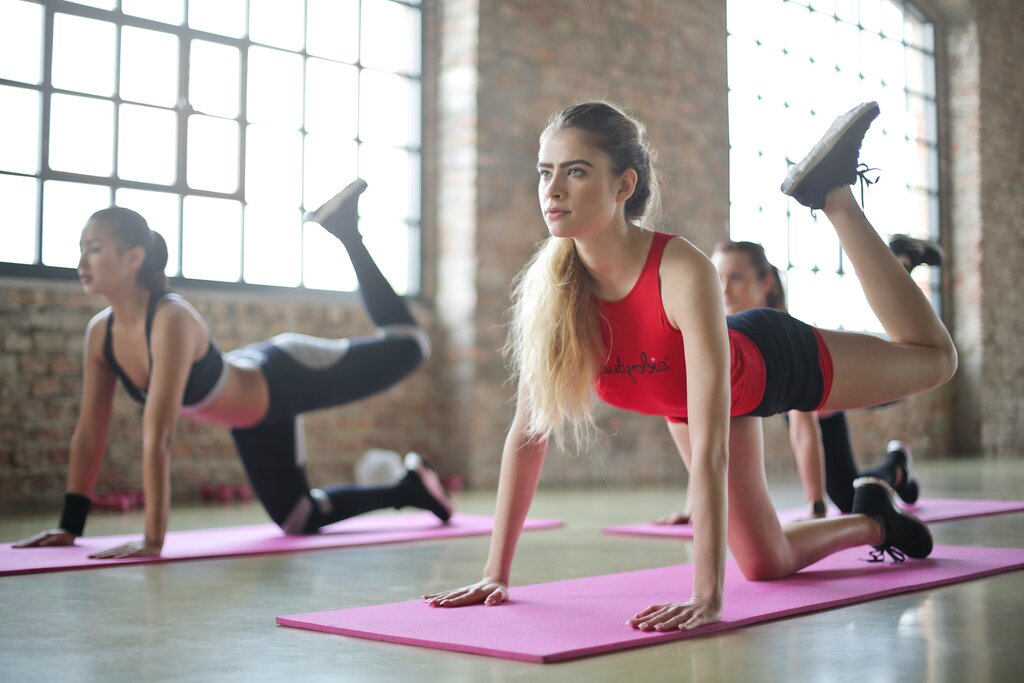Why You're Not Seeing Results from Your Workouts: 5 Overlooked Reasons

Why You're Not Seeing Results from Your Workouts: 5 Overlooked Reasons
Have you ever felt like you鈥檙e putting in the work鈥攕weating through workouts, watching your diet, and staying consistent鈥攜et the results just aren鈥檛 showing up? Whether your goal is to lose fat, build muscle, or simply feel healthier, hitting a plateau can be incredibly frustrating.
In this article, we鈥檒l explore five overlooked but critical factors that might be holding back your progress. If you鈥檝e been wondering why you鈥檙e not seeing results despite your efforts, this guide is for you.
馃毇 1. You're Not Progressively Overloading
One of the fundamental principles of training is progressive overload 鈥攇radually increasing the stress placed on your body during exercise. If you鈥檝e been lifting the same weights, doing the same number of reps, or running the same distance every week, your body has likely adapted.
馃攳 What You Might Be Missing:
- No increase in weights or resistance
- Repeating the same workouts week after week
- Lack of tracking your sets, reps, or intensity
鉁?Fix It:
- Increase weights by 2.5鈥?% every 1鈥? weeks
- Add extra reps or sets
- Try different angles, tempos, or training techniques (e.g., drop sets, supersets)
馃摉 Reference: Schoenfeld, B. J. (2010). The mechanisms of muscle hypertrophy and their application to resistance training. Journal of Strength and Conditioning Research.
馃嵔锔?2. Your Nutrition Doesn't Match Your Goal
Training hard is important鈥攂ut nutrition is just as critical , if not more. You can鈥檛 out-train a poor diet, and you can鈥檛 build muscle or burn fat effectively without proper fuel.
Common Mistakes:
- Eating too few calories when trying to build muscle
- Consuming too many "healthy" calories when trying to lose fat
- Inadequate protein intake
Protein Guidelines:
For active individuals, aim for 1.6鈥?.2 g of protein per kg of body weight per day .
Action Steps:
- Use a food diary or app like MyFitnessPal to track macros
- Align caloric intake with your current goal (cutting, bulking, maintenance)
- Prioritize nutrient-dense, whole foods
馃挙 3. You're Not Recovering Properly
Muscles grow and adapt between workouts , not during them. If you're not prioritizing recovery, you may be sabotaging your results鈥攅specially if you鈥檙e always feeling sore or fatigued.
Signs of Poor Recovery:
- Constant fatigue or soreness
- Trouble sleeping
- Plateaued strength or performance
- Frequent illnesses or low motivation
Recovery Checklist:
- Sleep : Aim for 7鈥? hours per night
- Rest days : At least 1鈥? per week
- Stretching & mobility : Include cooldowns, yoga, or foam rolling
- Hydration : Dehydration impairs recovery and performance
馃К Reference: Fullagar et al. (2015). Sleep and athletic performance: The effects of sleep loss on exercise performance, and physiological and cognitive responses to exercise.
馃 4. You're Not Training with Enough Intensity or Focus
Sometimes, the issue isn鈥檛 what you鈥檙e doing鈥攊t鈥檚 how you鈥檙e doing it . Low-effort, distracted workouts won鈥檛 deliver high-level results.
Warning Signs:
- Using your phone between every set
- Not pushing close to failure
- Talking more than training
RPE Scale (Rate of Perceived Exertion):
Aim to train most sets at an RPE of 7鈥? , meaning you have 1鈥? reps left in the tank.
Tips to Improve Focus:
- Train with a timer to reduce rest time
- Use a logbook or app to track sets and reps
- Train with intention, not just routine
馃К 5. You're Ignoring Individual Differences
Fitness is not one-size-fits-all. What works for one person might not work for you. Factors like genetics, metabolism, hormone levels , and even stress all play a role in how your body responds to training.
Potential Overlooked Factors:
- Hormonal imbalances (thyroid, testosterone, cortisol)
- Gut health or nutrient absorption issues
- Stress from work, relationships, or poor sleep
- Unrealistic expectations from social media
What You Can Do:
- Get a full blood panel if you suspect hormonal or metabolic issues
- Work with a coach or trainer to personalize your plan
- Track your own progress , not someone else鈥檚
馃 Remember: Fitness is a long-term game. It鈥檚 about learning how YOUR body responds best.
馃搳 Bonus: How to Track True Progress
Relying solely on the scale can be misleading. Consider these better indicators:
- 鉁?Progress photos
- 鉁?Strength gains (e.g., more reps, heavier lifts)
- 鉁?Body measurements (waist, chest, arms)
- 鉁?Energy levels and mood
- 鉁?Improved posture or mobility
Tracking multiple metrics gives a more accurate picture of how your fitness is evolving.
馃敋 Conclusion
If you're frustrated with a lack of progress in your fitness journey, don鈥檛 quit鈥攔eflect. Chances are, one (or more) of the above points might be holding you back.
Here鈥檚 a quick recap:
| Problem | Solution |
|---|---|
| No progressive overload | Add weight, reps, or intensity |
| Nutrition mismatch | Track macros, eat goal-aligned |
| Poor recovery | Sleep more, rest smarter |
| Low workout intensity | Train with focus and intention |
| Ignoring individuality | Customize your plan and stay consistent |
馃幆 Progress takes time, but with the right adjustments, your results will come.
鉁忥笍 Final Tip
Start small. Pick one of the five areas above to improve this week. Once that becomes a habit, move on to the next. Consistent improvements鈥攅ven tiny ones鈥攃ompound over time.
Need help creating a progressive workout plan or meal guide?
Let me know and I鈥檒l tailor one based on your goals!




